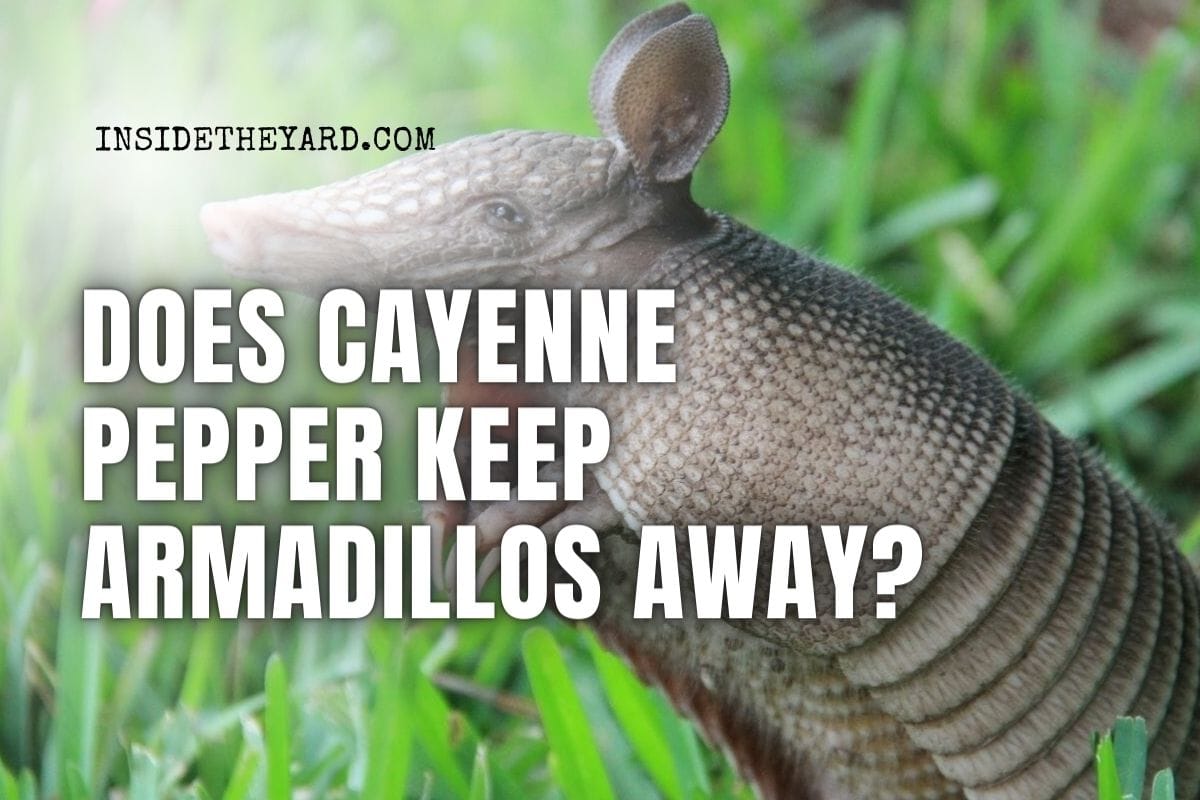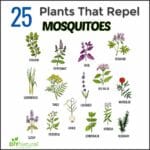Discovering armadillos digging up your backyard can be frustrating. While they might appear harmless, these armored excavators can quickly transform your lawn into their personal buffet. This comprehensive guide explores the effectiveness of armadillo repellents, offering practical strategies and expert insights for reclaiming your green space.
Understanding Armadillo Repellents: Separating Fact from Fiction
So, you’ve got armadillos turning your yard into their personal playground? You’re not alone. Before you rush to purchase a repellent, let’s explore what works, what doesn’t, and the most effective ways to tackle this common problem. There’s no silver bullet registered by the EPA specifically for armadillos. This means finding the right approach might require some experimentation.
Natural Armadillo Repellents: Harnessing the Power of Smell
Armadillos depend heavily on their sense of smell, which we can use to our advantage. These readily available household items can create scents armadillos likely find unpleasant:
-
Cayenne Pepper: This spicy deterrent is a popular choice. Sprinkle it liberally around areas where you’ve observed armadillo activity, particularly near burrows. ant insecticide safe for pets demonstrates the potency of capsaicin, the active ingredient in cayenne pepper, for other pests as well.
-
Vinegar: The pungent aroma of vinegar can also discourage armadillos. Soak rags or cotton balls in vinegar and place them strategically near burrow entrances, refreshing them every few days.
-
Ammonia: This powerful scent can be effective but requires cautious use due to its strong odor and potential to irritate. Soak rags in ammonia and place them near burrows, ensuring adequate ventilation.
-
Garlic: Planting garlic around your property’s perimeter can create a scent barrier armadillos might find undesirable. As a bonus, you’ll have fresh garlic for your kitchen!
Commercial Armadillo Repellents: Proceed with Caution
Many commercial armadillo repellents contain ingredients like castor oil, naphthalene (mothballs), or even coyote urine, aiming to mimic predator scents or create an unpleasant environment. However, their effectiveness varies. While some users report success, others find minimal benefit.
Ultrasonic Armadillo Repellents: A Sound Strategy?
Ultrasonic repellents emit high-frequency sounds thought to irritate armadillos. While the theory is intriguing, their effectiveness is heavily debated. Studies suggest a possible short-term impact, but long-term success is uncertain. For more details on the effectiveness of ultrasonic repellents, refer to our in-depth analysis: Do Ultrasonic Armadillo Repellers Work?.
Beyond Repellents: A Multi-Pronged Approach
For lasting armadillo control, combine repellents with these strategies:
-
Trapping: Humane traps offer a safe removal option. Relocate trapped armadillos a safe distance, adhering to local regulations.
-
Exclusion: Physically prevent armadillo access by installing fences extending below ground, reinforcing existing structures, or modifying burrows.
-
Habitat Modification: Reduce food sources like grubs and insects by using appropriate insecticides or other methods. Do deer eat peonies illustrates how minimizing attractants can deter other garden pests as well.
Preventing Armadillo Intrusion: Proactive Measures
Preventing armadillos from settling in is the best approach:
- Secure Your Perimeter: Seal openings in fences, walls, or foundations.
- Remove Food Sources: Store pet food indoors, secure garbage cans, and remove fallen fruit.
- Maintain a Clean Yard: Remove debris, leaf piles, and potential hiding spots.
Important Reminders for Armadillo Control
- Safety First: Always wear gloves when handling armadillos or their waste.
- Species Variations: Different armadillo species may react differently to deterrents.
- Integrated Pest Management: Combining strategies is often the most effective approach.
What Smells Do Armadillos Hate? Your Olfactory Arsenal
Armadillos rely heavily on their sense of smell. By exploiting this, we can create a natural “keep out” sign for these diggers. Here’s a breakdown of scents armadillos abhor:
- Vinegar: The sharp, acidic smell overwhelms their sensitive noses.
- Cayenne Pepper: The capsaicin in pepper irritates their noses and eyes.
- Pine: The intense scent of pine can disorient and repel armadillos.
- Potent Essential Oils: Peppermint, eucalyptus, and lavender are particularly effective.
- Castor Oil: The distinctive, unpleasant odor creates an effective barrier.
Deploying Your Scent Deterrents: Tips and Tricks
- Soaked Rags: Saturate rags with vinegar, ammonia (use with caution in ventilated areas), or diluted essential oils and place them strategically.
- Powders: Sprinkle cayenne pepper, garlic powder, or commercial repellent powders around affected areas.
- Sprays: Dilute vinegar or essential oils with water and spray around the perimeter or near burrows.
- Natural Barriers: Plant fragrant herbs and flowers like peppermint, lavender, or marigolds.
How to Keep Armadillos Away: A Comprehensive Strategy
Dealing with persistent armadillos requires a multi-faceted approach. Here’s a step-by-step guide to reclaiming your yard:
1. Understanding Armadillo Habits: Armadillos dig for food (grubs, insects) and shelter. This knowledge informs our defense strategy.
2. Habitat Modification: Make your yard less inviting:
- Disrupt their food chain: Control grubs with beneficial nematodes or insecticides (use cautiously). Proper lawn care can also minimize insect populations.
- Evict them from their homes: Fill in burrows and potential hiding spots under decks or sheds with soil and rocks.
- Construct a barrier: Bury wire mesh fencing 12-18 inches deep, angled outwards, to prevent digging.
3. Repelling with Scents:
-
Homemade Remedies:
- Cayenne Pepper: Sprinkle liberally around affected areas, reapplying after rain.
- Garlic: Create a potent spray by crushing garlic cloves and mixing with water. Soak cotton balls in the mixture and place strategically.
- Vinegar: Soak cotton balls in vinegar and strategically place them around your yard.
-
Commercial Repellents: Use products containing castor oil, naphthalene (mothballs – use with caution), or coyote urine according to the instructions. Effectiveness can vary.
4. Employing Deterrents:
- Motion-Activated Sprinklers: The sudden spray of water can startle armadillos, though their effectiveness can vary.
- Ultrasonic Repellers: The effectiveness of these devices is highly debated, and further research is needed.
5. Trapping and Relocation (Last Resort):
This should be a last resort. Follow local regulations and handle trapped armadillos with care, wearing gloves to minimize the risk of disease transmission. Release them far from your property in a suitable habitat.
Do Ultrasonic Armadillo Repellers Work? Debunking the Myth
Ultrasonic repellers promise an easy fix for armadillo problems, but do they deliver? The short answer is: probably not. While they emit high-frequency sounds intended to irritate armadillos, scientific evidence doesn’t support their effectiveness. The Federal Trade Commission (FTC) has even taken action against marketers of these devices for making unsubstantiated claims.
More effective strategies include:
- Trapping and Relocating: Safely and humanely remove armadillos.
- Exclusion: Prevent access by sealing openings and creating physical barriers.
- Habitat Modification: Reduce food sources and eliminate potential shelters.
- Non-Ultrasonic Repellents: Scents like castor oil and pepper may offer some degree of deterrence.
Remember, a combination of methods is often the most effective way to manage armadillos. Be persistent, and you’ll likely see positive results.
- Unveiling Bernhard Caesar Einstein’s Scientific Achievements: A Legacy in Engineering - July 15, 2025
- Uncover who is Jerry McSorley: CEO, Family Man, Business Success Story - July 15, 2025
- Discover Bernhard Caesar Einstein’s Scientific Contributions: Unveiling a Legacy Beyond Einstein - July 15, 2025
















2 thoughts on “The Ultimate Guide to Armadillo Repellent: Does It Really Work?”
Comments are closed.